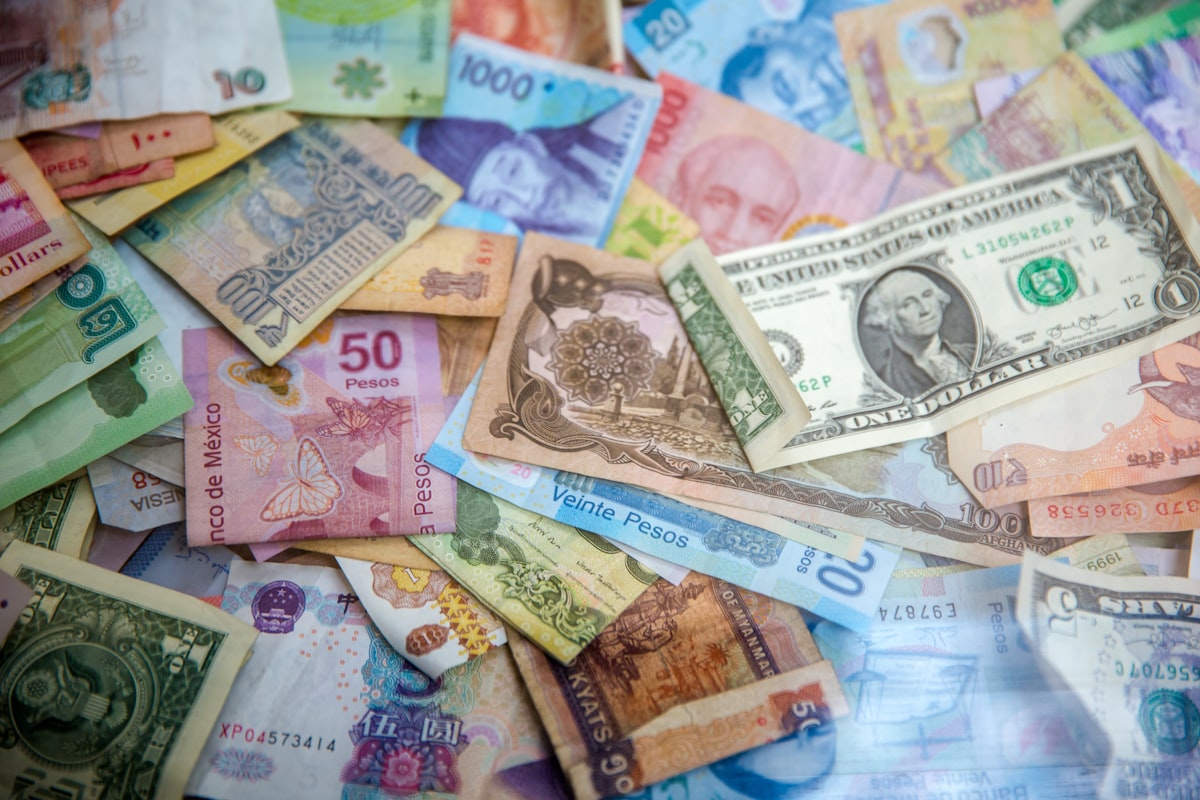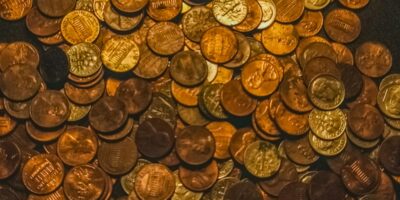1958 Double Die Penny
The 1958 Double Die Penny is a rare and intriguing coin. It’s one of the most sought-after coins among collectors. The unique characteristics of this penny set it apart from regular issues.
Origins and History

In 1958, the United States Mint produced the Lincoln cent, featuring Abraham Lincoln on the obverse. The reverse displayed the iconic wheat ears, a design used since 1909. During this year, a few pennies were mistakenly struck with a doubled die.
Die doubling occurs during the hubbing process. This is when the die receives two impressions that are slightly offset. The result is noticeable doubling on the coin’s features.
Discovery and Rarity
The exact number of 1958 Double Die Pennies is unknown. However, experts believe only three confirmed specimens exist. This extreme rarity makes it a gem for numismatists.
The first known discovery of this error was made decades after the coins were minted. Numismatic researchers continue to study these pennies. Their unique story contributes to their allure.
Identifying Features
The 1958 Double Die Penny displays clear doubling on the date and LIBERTY. Additionally, the words IN GOD WE TRUST show substantial doubling. These features are crucial in authenticating the coin.
Comparing a 1958 Double Die Penny to a regular 1958 penny shows striking differences. The doubled elements are crisp and noticeable. The doubling can be seen without magnification.
Market Value
The value of a 1958 Double Die Penny is significant. Due to its rarity, collectors are willing to pay high prices. In top grade, these coins can fetch over $100,000.
Market demand fluctuates, but interest in rare error coins remains strong. Auctions featuring this penny often draw intense bidding wars.
Authentication and Grading
Authentication of a 19558 Double Die Penny is essential. Counterfeits exist, making expert verification necessary. Professional grading services, such as PCGS, provide authentication.
Grading considers the coin’s condition, from Mint State (MS) to About Uncirculated (AU). High grades significantly increase value. Collectors prefer coins with minimal wear and clear doubling.
Famous Specimens
Some known specimens of the 1958 Double Die Penny have interesting histories. The most notable examples have been featured in major auctions. These sales garner attention from the numismatic community.
Record prices highlight the coin’s desirability. They confirm its status as one of the most fascinating U.S. coins.
Collecting and Investing
For collectors, owning a 1958 Double Die Penny is a dream. It’s a pinnacle achievement in numismatics. Such coins enhance any collection’s prestige.
Investors see the potential for appreciation. Rare error coins, especially well-documented ones, often hold or increase in value. The 1958 Double Die Penny’s track record supports this trend.
Preservation Tips
Preserving these valuable pennies is crucial. Proper storage protects them from damage. Use coin holders or capsules made from inert materials.
- Avoid handling the coin directly. Oils from skin can cause deterioration.
- Store in a cool, dry environment. Moisture can lead to corrosion.
- Consider professional conservation services for significant specimens.
Research and Resources
Numerous resources provide information on the 1958 Double Die Penny. Numismatic books, websites, and forums offer valuable insights. Experts regularly publish articles and research updates.
- Check out the Professional Coin Grading Service (PCGS) for detailed authentication and grading practices.
- The American Numismatic Association (ANA) offers educational resources and membership benefits.
- Visit coin shows and conventions. These events are excellent for networking and learning.
Continuous study and engagement with the numismatic community enhance collecting knowledge.
Conclusion
The 1958 Double Die Penny remains a fascinating topic for collectors and historians. Its rarity and unique characteristics ensure its place in numismatic lore. Understanding its origins, identification, and market dynamics provide valuable insights.
“`




Subscribe for Updates
Get the latest articles delivered to your inbox.
We respect your privacy. Unsubscribe anytime.